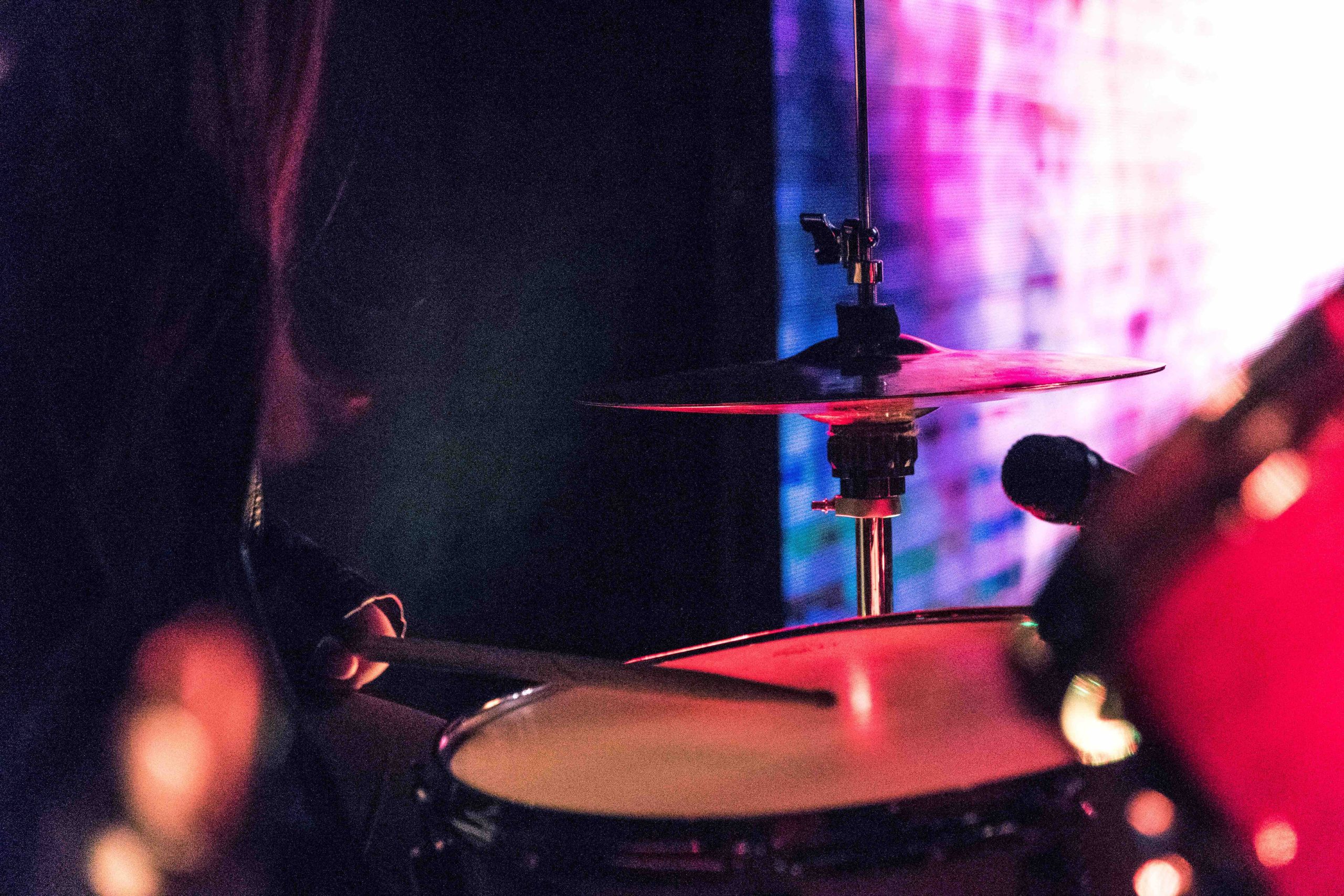MIC DRUM RECORDING TECHNIQUES
Recording a drum set with limited microphones can be challenging, but here are three approaches that can yield good results with only three microphones:
Regardless of the technique chosen, mic positioning and experimentation with placement are crucial to getting the best sound. Also, consider room acoustics, as the natural ambiance can significantly affect the recorded sound when using minimal microphones.


